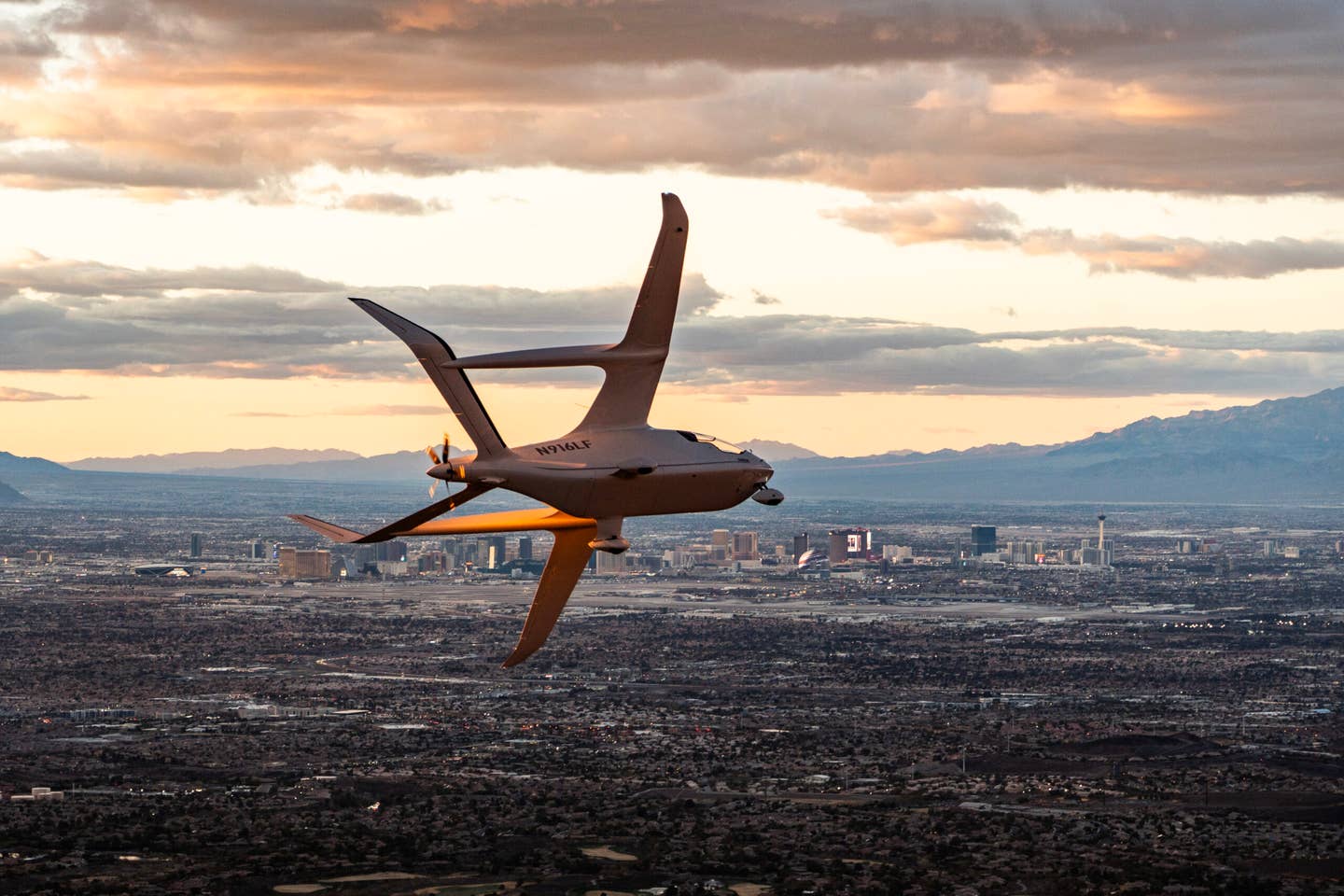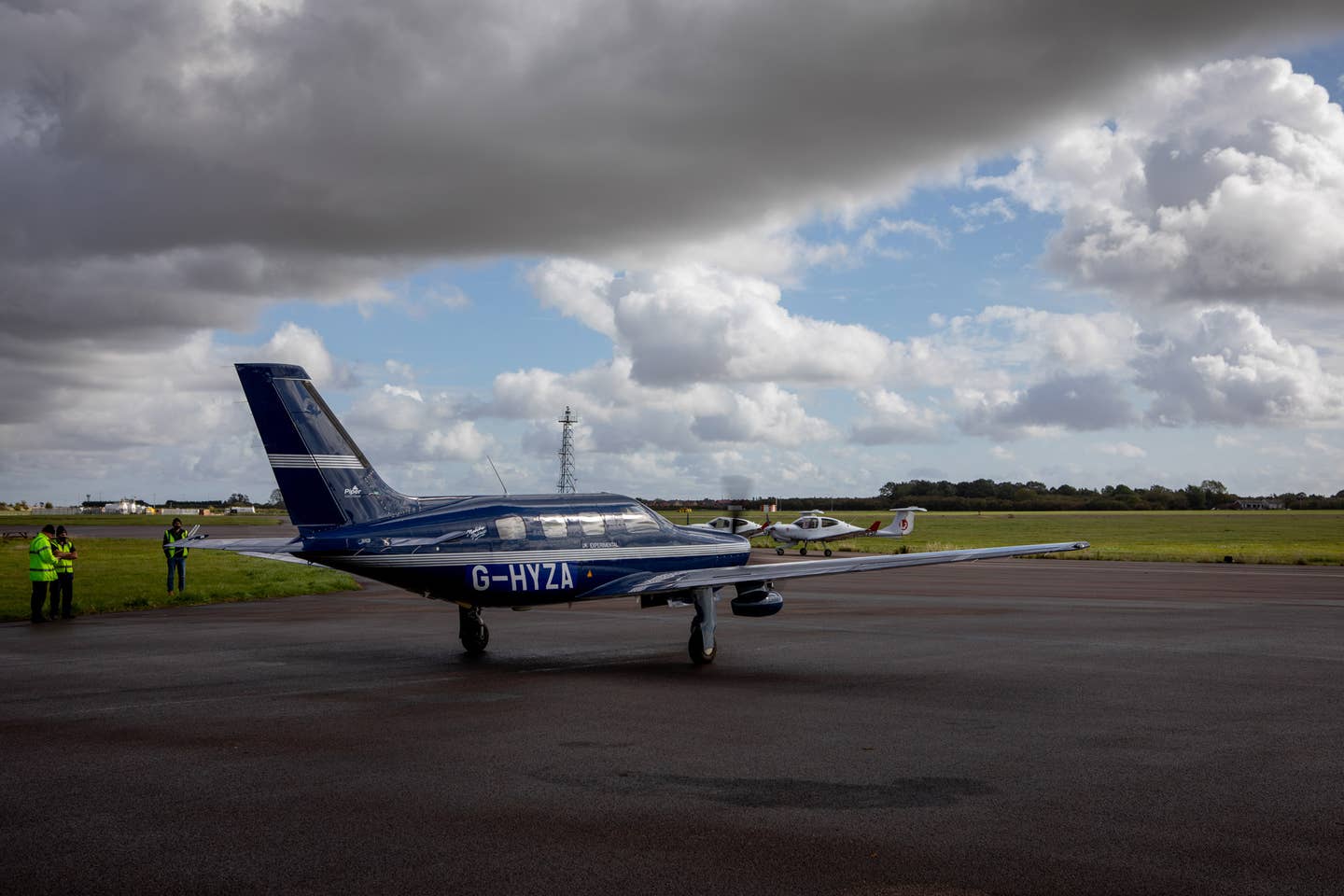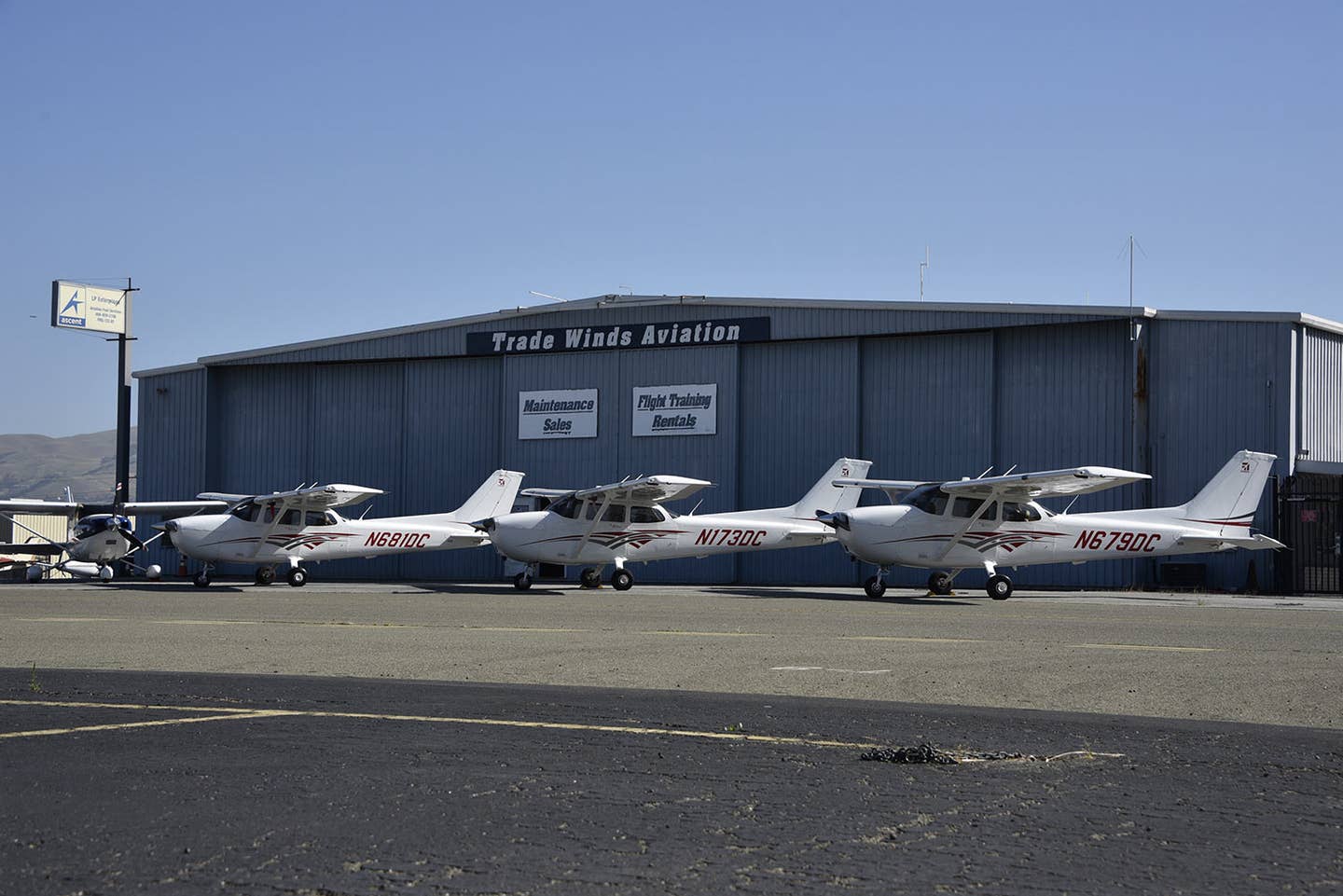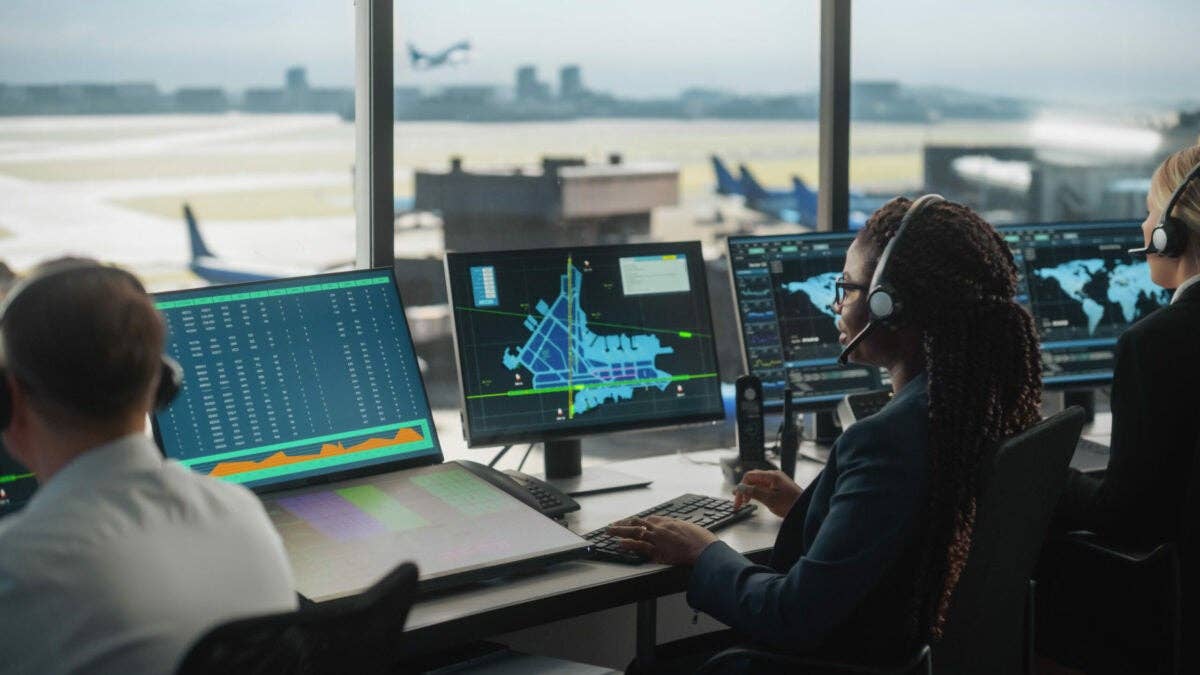VI&E Solutions, Ace VTOL Plan to Add 700 Vertiports in Oceania Region
The vertiport infrastructure and charging station provider looks to expand its presence on the other side of the Pacific.
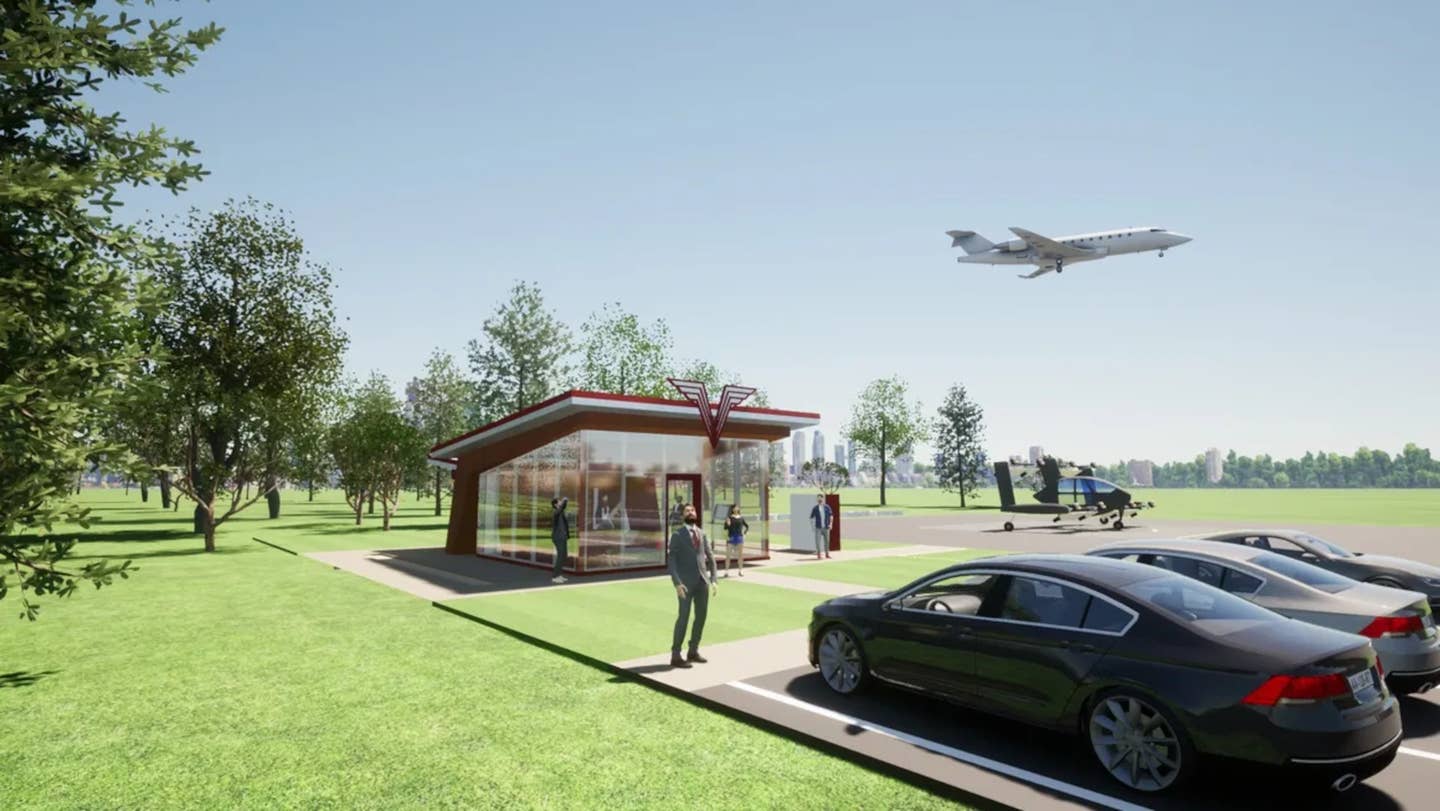
A digital rendering of VI&E’s drive-up vertiport concept, expected to debut at Wittman Regional Airport (KOSH) in Oshkosh, Wisconsin. [Courtesy: Volatus Infrastructure and Energy Solutions]
Vertiport infrastructure and electric charging station provider Volatus Infrastructure & Energy Solutions (VI&E)—which earlier this month rebranded from Volatus Infrastructure—is taking its business Down Under.
The new-look VI&E on Monday unveiled a joint venture with Australia-based Ace VTOL to build an advanced air mobility (AAM) infrastructure ecosystem in the Oceania region spanning 700 vertiports.
The agreement also calls for the integration of Ace’s open-sourced artificial intelligence unmanned traffic management (UTM) system and the development of a wheelchair-accessible, solar-powered lift. VI&E values the deal at around $840 million in revenue.
“Working with [Ace CEO Brett Northey] these last few months has made us realize all the different projects we are able to collaborate on,” said Grant Fisk, co-founder of VI&E. “It’s remarkable to see so many ideas come together and expand when you share core philosophies.”
Ace’s flagship electric vertical takeoff and landing (eVTOL) aircraft is the “retro muscle” GT Slipstream, named for its slipstream trailing airflow design, which the company has dubbed the “perfect aerofoil.” The two-seater is designed for personal use, but the company also offers the sleeker Slipstream Elite model for luxury and business transport. It includes more high-tech features such as face ID and a touch screen.
The Australian manufacturer also produces several variants of its Trinity eVTOL for commercial and personal transport, logistics, and emergency response use cases. All three designs can be flown manually or remotely, cruise at more than 220 mph (191 knots) and fly up to 125 sm (109 nm). Each is available for preorder—and soon, they could be flying into VI&E vertiports.
“Our joint venture with VI&E signifies a decisive first step for the realization of a new transport demographic for people in the Oceania region,” said Northey. “VI&E will enable a connective framework of eVTOL ownership and operations for private and commercial use cases to shorten the distances in our great southern lands. Ace is very proud to be working with Grant Fisk and his visionary team as we collectively look to revolutionize the way people move.”
Global Dominance?
Neenah, Wisconsin-based VI&E competes with companies such as the U.K.’s Skyports, Spain’s Ferrovial Vertiports, and France’s Groupe ADP. But the firm is quickly growing a global footprint that could be difficult for competitors to top.
Monday’s announcement follows an August memorandum of understanding (MOU) that named VI&E as Ace’s preferred infrastructure partner and established a joint business development partnership to expand the companies’ market opportunities.
“Perth [Australia] is one of the most isolated cities in the world—a full 1,300 miles from the next city of note, so strategically located vertiports will be a key enabler to growth,” Volatus CEO Dan Sloat said at the time.
Earlier this month, the company launched a Series A campaign headed by investment bank Silicon Prairie. The raise is open to accredited and institutional investors and seeks 36 months of financing to install 575 chargers, representing around $230 million in revenue.
The $400 million maximum raise will fund a few new hires, software testing, and the build-out of charging stations. It will also support construction on the company’s first U.S. vertiports next year at Wittman Regional Airport (KOSH) in Oshkosh, Wisconsin; Bellefonte Airport (KN96) in Pennsylvania; and Greenport International Airport, a “green airport” project under development near Austin, Texas.
A fourth project in Hanson, Kentucky—which is briefly mentioned in Silicon Prairie’s summary of the Series A campaign but has not been announced by VI&E—will apparently also be built next year.
In the U.S., VI&E is partnered with real estate titan JLL to gain insights on site selection. It has infrastructure ecosystem partnerships with Metro Consulting Associates covering the Great Lakes Basin region; The Aviation Planning Group for the Pacific Northwest, including Alaska, the Rocky Mountains, and the central U.S.; and Global Aerial Management Group (which also named it a preferred eVTOL infrastructure management provider) in the Southwest.
Recently, VI&E signed an agreement with Aeroauto to add vertiport and charging facilities to the latter’s eVTOL showrooms and service centers. Additionally, it agreed to become a strategic partner for eVTOL manufacturer Air—allowing Air customers to use its vertiports—and signed an MOU with LEO Flight to support the company’s VertiStop charging tech.
Outside the U.S., however, the company also has a strategic alliance with Japan’s SkyDrive, which will see the latter integrate vertiports and charging stations into its U.S. business platform and help VI&E expand into Japan. An MOU with eVTOL manufacturer Plana to develop and integrate vertiport operations in South Korea should build on that presence.
Another South Korean company, WeFlo, agreed to bring its vehicle sensor expertise to VI&E’s maintenance and repair organization (MRO) facilities worldwide, while a letter of intent with Singapore’s EvFly positions the vertiport and charging company as the exclusive provider of its global AAM projects.
Now, VI&E will look to add Australia—and perhaps New Zealand and a few Pacific islands—to its coverage map. That would give it a presence in several of the largest East Asian markets and complement its services across the Pacific in the U.S.
Like this story? We think you'll also like the Future of FLYING newsletter sent every Thursday afternoon. Sign up now.

Sign-up for newsletters & special offers!
Get the latest FLYING stories & special offers delivered directly to your inbox


